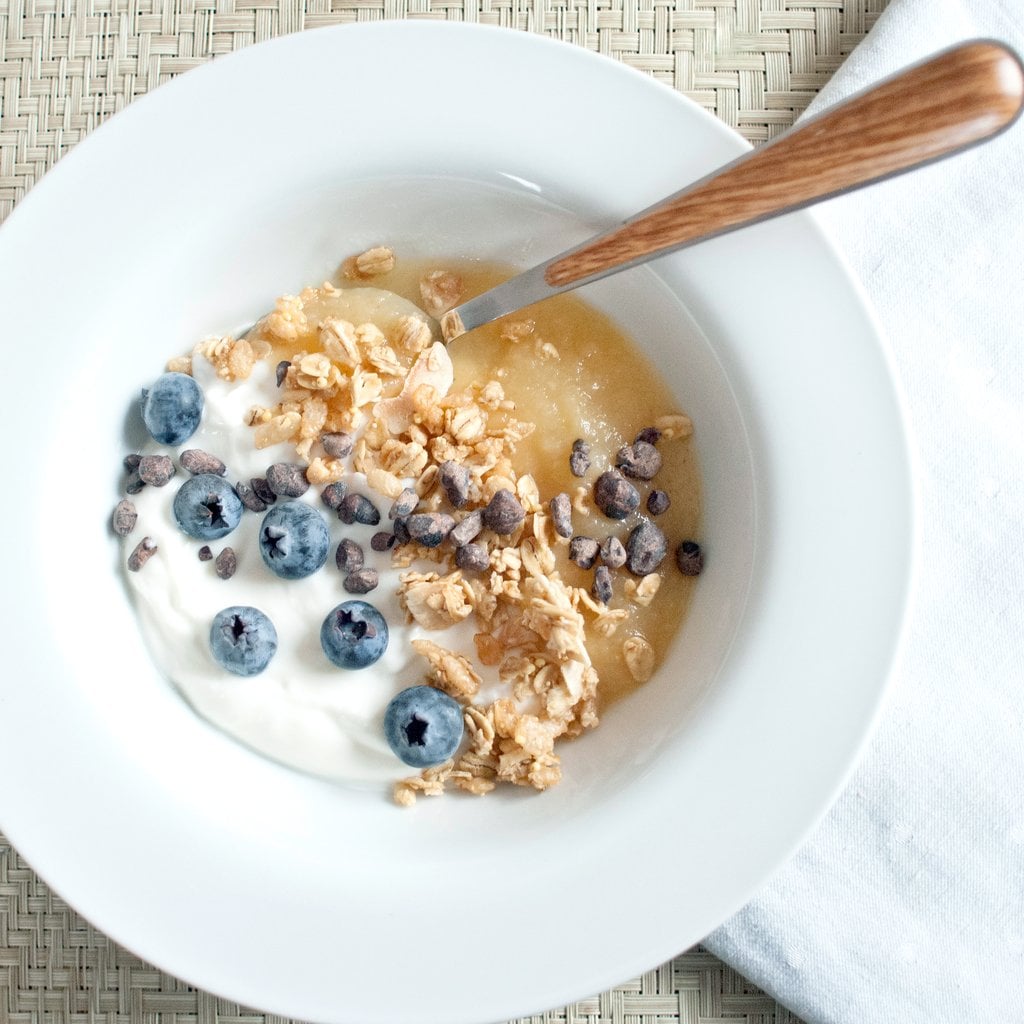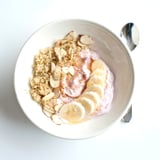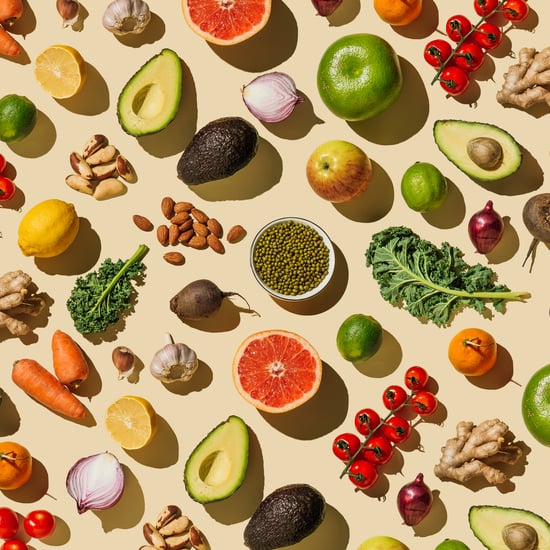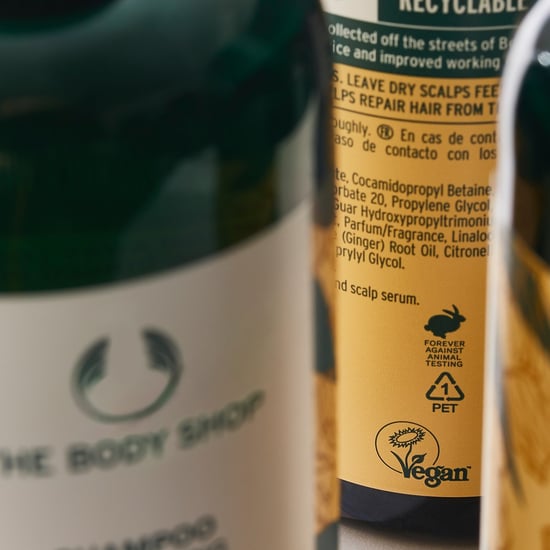Dairy-Free Coconut Yogurt Recipe
Dairy-Free, Delicious, and Probiotic-Rich Coconut Yogurt

The health benefits of probiotics are irrefutable these days, and while there are an abundance of delicious ways to consume these fermented treats, coconut yogurt is probably my favorite. But, between quality control and high cost, healthy and pure don't always translate to the mass market in the ways we would expect.
The easiest solution is of course to make your own yogurt. It's easy: blend and allow Mother Nature to do the rest of the work for you. It's cheaper, since you aren't paying for all that packaging for individual servings — just fresh raw ingredients — and it's more cost effective to make a big batch and store in the fridge, especially since fermented foods stay fresh for weeks if not months. And making your own yogurt can be much healthier since you have full control of what goes into your yogurt and what stays out.
There are endless variations and inspirations for how to use your coconut yogurt, but here are just a few to get you started:
- Add some oats to yogurt and allow to ferment overnight for a bowl of delicious and creamy overnight oats.
- Blend in some pureed fruit or superfoods, and freeze for a pure and light frozen yogurt.
- Blend some mustard, lemon, and olive oil or avocado for a creamy and nutritious salad dressing.
- Add some flavoring! Try a squeeze of lime or lemon for a tangy Greek yogurt flavor, or add some fruit puree, spices, a touch of honey, or jam.
- Whip in some honey and apply to your face for a nourishing and gentle exfoliating mask good enough to eat.
Pure and Raw Dairy-Free Coconut Yogurt
From Alle Weil, POPSUGAR Fitness
Notes
As with all fermentation processes, make sure your appliances and utensils are extremely clean before you start working. This will help to ensure that your beneficial bacteria stay healthy and happy. Make sure you also use glass rather than metal that can also react with your bacterial growth.

Ingredients
- 2 cups young coconut meat
1/2 teaspoon probiotics or 1-2 capsules of quality probiotics capsules, opened
Approximately 1/4-1/2 cup raw coconut water or filtered water as needed
Directions
- Blend coconut meat with coconut water until silky smooth. Add in probiotics and blend until combined. The consistency should be extremely smooth and the creaminess of a Greek-style, strained yogurt. If too thick, add a touch more water.
- Place in a glass bowl and cover with a dish towel. Now the key is to find an area that is just above room temperature without being too hot. The yogurt needs to be in a warm place but with a good airflow. Do not place in direct sunlight. If you have a dehydrator, remove all the trays and place covered bowl in the dehydrator at 105°F, for 8 to 10 hours. If you have a gas stove, I find the perfect location is right on the stovetop, receiving the residual heat from the pilot light warmth. Another area that works well is on top of the refrigerator. If it is unusually warm in your apartment or house, your covered bowl may do just fine in a undisturbed corner of your kitchen.
- After 8 to 10 hours, check your yogurt’s progress. It will form a hard or discolored outer layer, which is edible, but there should be absolutely no unusual mold growth. Give a quick stir with a very clean spoon (wood utensils are best), and taste it. Is it tangy? Not tangy enough? If you would like your yogurt extra tart, allow to ferment for 5 to 10 additional hours. Keep in mind you will add any flavor components or additional sweetener after your fermentation is complete.
- Once fermented to your desired tartness, stir or blend well. You may choose to add a pinch of salt, a dash of lemon juice, a little honey, fruit puree, or other sweetener for flavor. Once your flavor components are blended or stirred in, chill and store in an airtight container until ready to use.
Information
- Category
- Breakfast/Brunch
- Cuisine
- North American
- Yield
- Approximately 2 cups








